Blood pressure is very important, and you should always pay attention to it, as it can cause numerous diseases like stroke or a heart condition. Food is of high importance when it comes to managing the blood pressure, and sodium is one of the things that can highly raise it. You will be surprised at what kind of food can raise the blood levels. Take a look.
1. Sea salt

The American Heart Association stated how one teaspoon of table salt has 2,300 mg of sodium, which is the maximum that you can devour in a day. All the salts have sodium in them, so you need to be careful with everything. Always check the label and see for yourself how much salt holds sodium.
Toby Smithson, the representative of the Academy of Nutrition and Dietetics, stated, “Salt is salt. If a seasoning contains the word salt – garlic salt, seasoned salt, or the trending sea salt – it contains sodium.” Kosher salt and coarse salt have lower sodium, but you need to be careful with that too. “Due to the larger flake size of sea salt, you would not have to use as much for equivalent sodium taste,” Smithson explained.
2. Processed foods and pizza
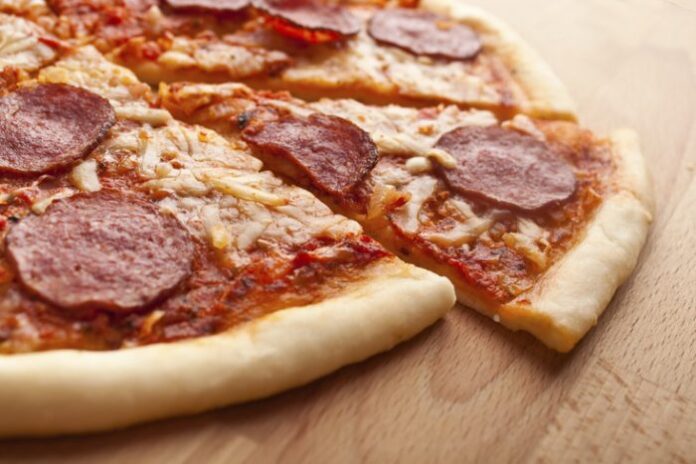
Dr. Brian A. Ference is a member of the American College of Cardiology’s Prevention of Cardiovascular Disease Section Leadership Council, and he is a cardiologist and genetics scientist. He stated, “Most sodium consumed in the United States of America comes from salts added to processed and prepared food, and foods at a restaurant.” That also includes pizza, packaged and processed foods, and prepared meals. Potato chips and cookies are on that list too, as well as canned produce, canned soups, tomato sauces, packaged grain dishes, and frozen dishes. Canned back beans are not to be trusted too, as they have high levels of sodium.
“There are many foods that are high in sodium that may surprise people. One slice of bread can contain anywhere from 80 to 230 mg of sodium; a single serving of some breakfast cereal can contain 150 to 300 mg of sodium.” Always check the descriptions and look for “low-sodium” and “no salt added.”
3. Drinks and foods eaten out
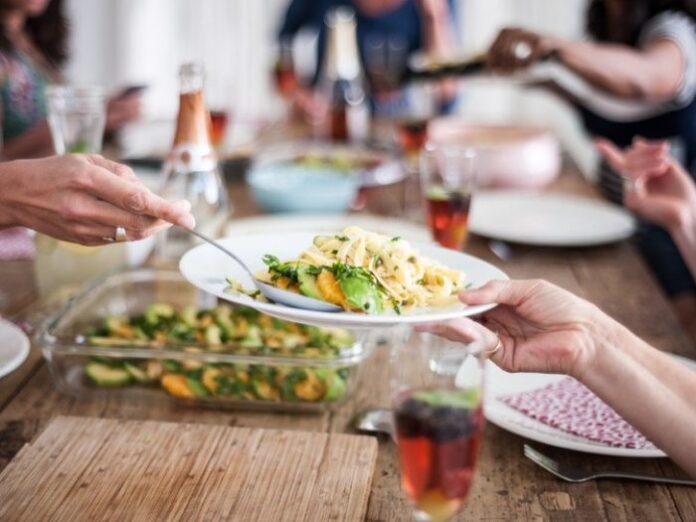
Food and Drug Administration stated how 1/3 of Americans have their food and calories eating out, and FDA requirement states from 2016 that all of the restaurants and fast food joints need to provide calorie counts on their menus. Ruby Tuesday and The Cheesecake Factory have their food information on their menus, and they are marking healthy food and food with low sodium. McDonald’s, Starbuck, and Chipotle have nutritional examination found on their websites.
4. Dairy

Dairy is tricky. While they give you calcium, they also give you sodium. Cheese has high sodium levels, around 140 mg per serving. Mozzarella and Swiss or elemental cheese have the lowest levels, but you need to be careful with them too, and always check the label on the dairy products.
5. Sandwiches

49% of the American population eats at least one sandwich daily. The American Heart Association cited bread like bagels and rolls, cured meats, cold cuts, sandwiches including wraps and tortillas as the Salty Six. The Salty Six are food that needs to be avoided at all costs, as the level of sodium found inside can be bad for your health. Director of the Welch Center for Prevention, Epidemiology and Clinical Research at Johns Hopkins University, Dr. Lawrence J. Appel revealed, “People should be careful of rotisserie products, which are very high in sodium.”
Smithson also said, regarding the pickles, olives, ketchup, and mustard, “People often forget to add the sodium content of these types of foods since they are ‘add-ons’ to a meal, but the sodium content adds up quickly.”
6. Alcohol

Well, alcohol is overall bad for your health, and the sodium level is also high. Alcohol is known to boost the blood pressure, and the American Heart Association stated how men should take up to two drinks a day, and one drink is the limit for women.
7. Added sugar
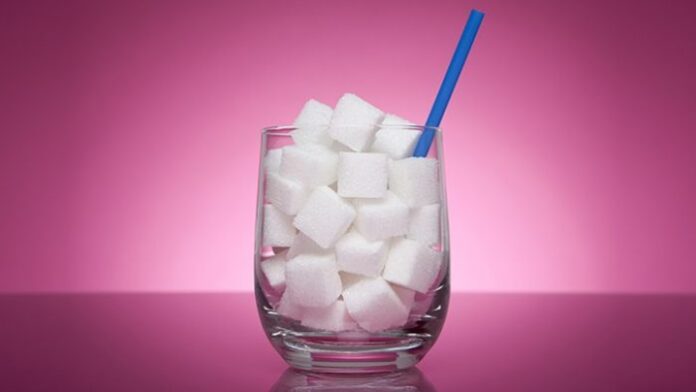
Added sugar might be even worse for your heart then added salt. The risk of a heart attack or a stroke is tripled when eating food with added sugar, and the U.S. Dietary Guidelines suggest less than 10% using added sugar on a daily basis.
8. Energy drinks

Appel stated, “Energy drinks give you a burst of caffeine as well as sugar, leading to an acute change in blood pressure. That’s likely temporary and not sustained, but there’s a lot of interest now in what else is in those products.”
Mayo Clinic’s study revealed how energy drinks increase systolic and diastolic blood pressure by 6.4% after drinking.
9. Frozen fish and seafood
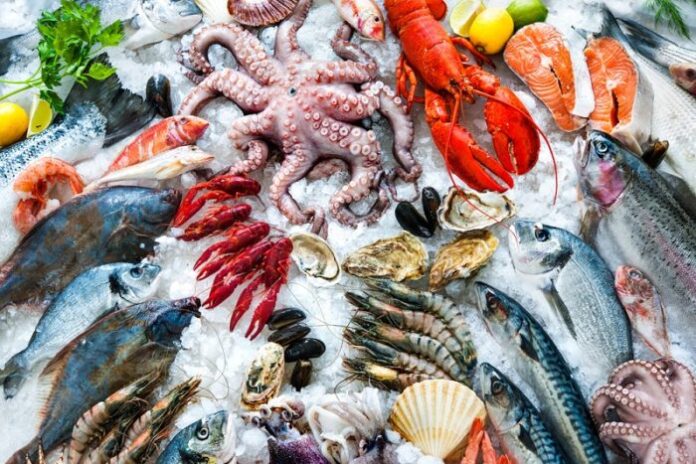
Can you believe it? Appel revealed, “Many times, frozen fish and seafood is ingested with a sodium solution at the catch point. The rules and regulations for fish and seafood differ from other products, so you don’t always know what’s in these food products.”
USDA’s Nutrition Database shared how fresh shrimp has 224 mg of sodium on a 100 g dish.

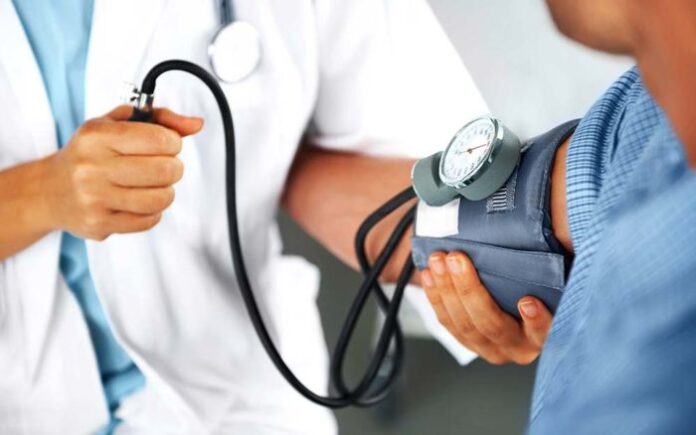



![Calgary’s Hottest Neighborhoods for Luxury Homebuyers [2024]](https://thewashingtonote.com/wp-content/uploads/2024/04/Calgary-324x160.png)



